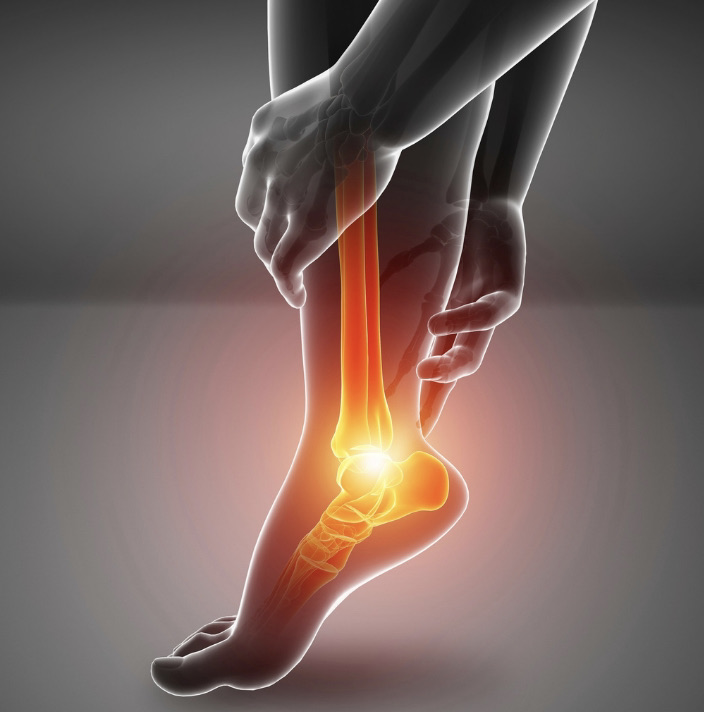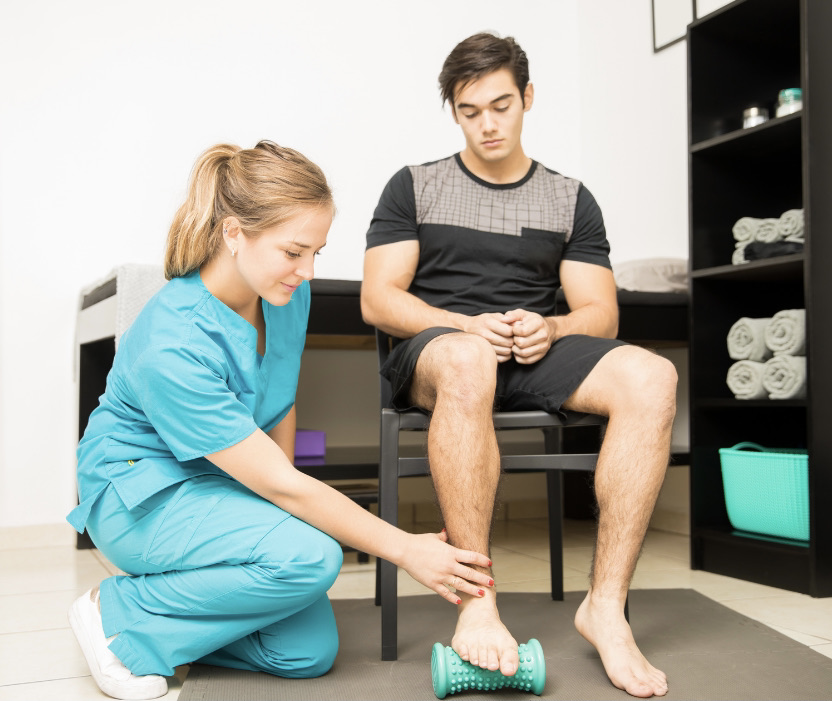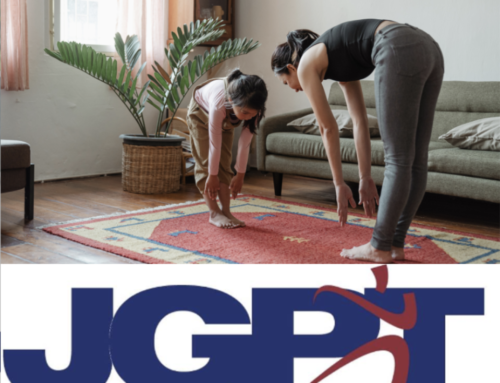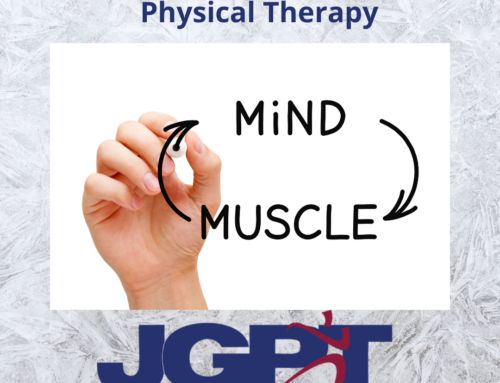Plantar Fasciitis
 Are you experience extreme pain at the bottom of your heel? If so, you are likely experiencing Plantar Fasciitis, which is one of the most common conditions when suffering from pain in the heel. This condition is extremely common and affects millions of men and women each year. Your foot has a long ligament that connects your heel to the front of your foot. It lies directly under your skin and supports the natural arch of the foot. The purpose of the Plantar Fascia is to act as a shock absorber to the unending pressures and strains on the bottom of your feet. Unfortunately, when the Plantar Fascia is injured or irritated it becomes inflamed, and patients experience intense pain in their heel. Even worse, if the tension is too strong, the fascia may develop small tears. Fortunately, the experts at John Goetze Physical Therapy can treat this common condition, which will likely result in a lasting, pain-free outcome.
Are you experience extreme pain at the bottom of your heel? If so, you are likely experiencing Plantar Fasciitis, which is one of the most common conditions when suffering from pain in the heel. This condition is extremely common and affects millions of men and women each year. Your foot has a long ligament that connects your heel to the front of your foot. It lies directly under your skin and supports the natural arch of the foot. The purpose of the Plantar Fascia is to act as a shock absorber to the unending pressures and strains on the bottom of your feet. Unfortunately, when the Plantar Fascia is injured or irritated it becomes inflamed, and patients experience intense pain in their heel. Even worse, if the tension is too strong, the fascia may develop small tears. Fortunately, the experts at John Goetze Physical Therapy can treat this common condition, which will likely result in a lasting, pain-free outcome.
Causes and Symptoms
There are a variety of reasons that a patient can develop plantar fasciitis. People who are obese, have an extremely high arch in their foot, participate in high-impact activities (such as running), or have extremely tight calf muscles (from lack of stretching) may develop this condition. Additionally, people who wear shoes with poor support may develop Plantar Fasciitis, especially if they stand on hard surfaces for the majority of the day.
The irritation can happen over time, or it can be the result of a single injury. Symptoms include a stabbing pain in the heel or bottom of the foot close to the heel. The pain can be ongoing, it may come and go, or it may become extreme after running or exercising.
 Treatment
Treatment
The therapists at JGPT will examine your foot to diagnose the underlying condition. They look for the following signs when making a plantar fasciitis diagnosis:
- Limited motion of the ankle
- Pain when applying pressure on the plantar fascia.
- High arch in foot
- Tenderness in front of the heel bone
Treatment may include icing the foot, strength training, stretching, joint mobilization, joint manipulation, splints, taping, and proper supports in shoes. Patients are also given an at-home-treatment plan. People should never try to treat heel pain on their own, as they may end up doing more damage than good. It is critical to let a trained Physical Therapist at JGPT determine the underlying cause of the pain before developing a treatment plan.



![Tennis Elbow [Lateral Epicondylitis]](https://johngoetzephysicaltherapy.com/wp-content/uploads/2022/01/DA11E9C8-5955-499B-98D2-C75AC277B74A-500x383.png)


![Physical Therapy for Headaches [Migraines]](https://johngoetzephysicaltherapy.com/wp-content/uploads/2021/11/B668156A-47EA-4DB1-B9A5-14C75E323EA7-500x383.png)